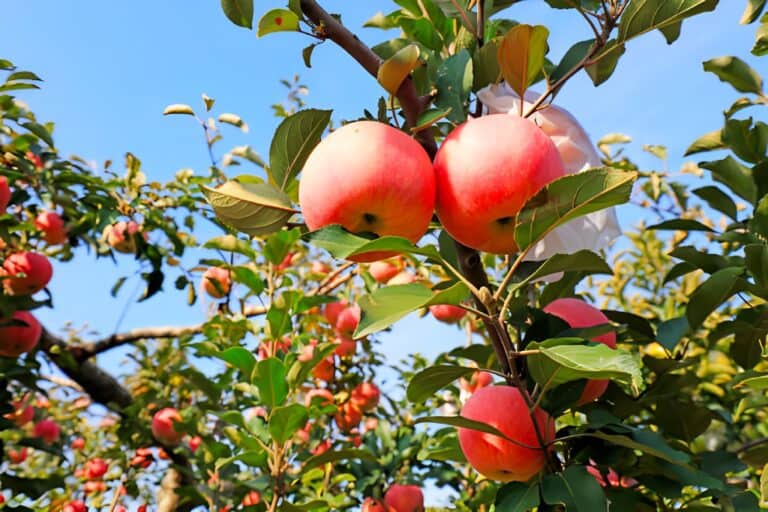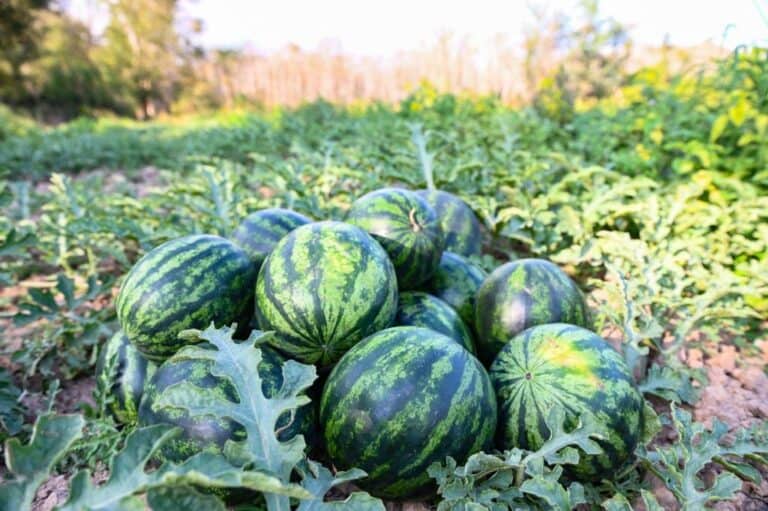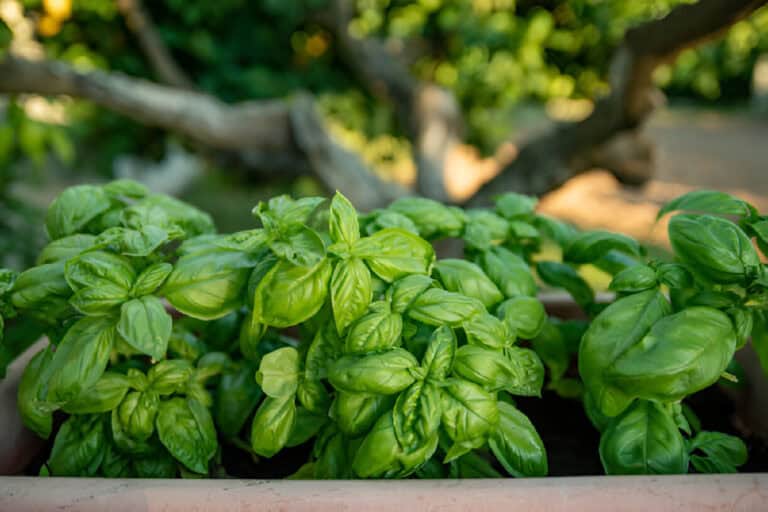Are Green Beans a Starchy or Non Starchy Vegetable? (Settling the Debate)

Are green beans a starchy or non-starchy vegetable? This is a question that has been causing confusion among health enthusiasts for a long time. While some argue that green beans are starchy, others claim that they are non-starchy.
In this blog post, we will be settling the debate once and for all by providing you with the facts about green beans and their nutritional value.
Whether you’re trying to balance your diet, looking for ways to reduce the amount of carbohydrates in your meals, or just curious about the nutritional value of green beans, you need to know which category they fall into.
Read on to discover more about this issue and find out why it matters when it comes to making healthy food choices.
What Are Starchy Vegetables?
Definition
Starchy vegetables, which are also called “energy-dense” vegetables, have a lot of carbohydrate per unit of weight. This typically means that they contain more than 5 grams of carbohydrates per 100 grams of weight. Most of these carbs are in the form of starches, which are complex carbs that give the body a steady supply of energy.
Examples
Examples of starchy vegetables include potatoes, sweet potatoes, corn, peas, and winter squash.
Nutritional Information
Starchy vegetables are a good source of carbohydrates, which are an important source of energy for the body. They also contain other important nutrients such as fiber, vitamins, and minerals.
For example, potatoes are a great source of potassium, a mineral that helps keep blood pressure in a healthy range. Vitamin A, which is vital for eye health, is found in sweet potatoes in large quantities.
WARNING![]()
If you’re trying to lose weight or take care of diabetes, you shouldn’t eat too many starchy vegetables. It is important to note that the Glycemic Index of starchy vegetables varies, meaning some of them are absorbed faster by the body and can spike blood sugar levels more than others.
What Are Non-Starchy Vegetables?
Definition
Non-starchy vegetables are those that have a lower carbohydrate content than starchy vegetables. They are also known as “low-energy-dense” vegetables, as they provide fewer calories per serving.
Examples
Examples of non-starchy vegetables include leafy greens, broccoli, cauliflower, bell peppers, cucumbers, zucchini, eggplant, and mushrooms.
Nutritional Information
Most vegetables that don’t contain starch are low in calories and carbs, but they are still a good source of many important nutrients. For example, leafy greens such as spinach and kale are rich in vitamin K, which is important for blood clotting, and vitamin A, which is important for eye health. Cauliflower and broccoli are rich in vitamin C and fiber, both of which are important for maintaining a healthy digestive system.
Non-starchy vegetables are also high in water content, which makes them low in calorie density; this is why they are considered low-energy-dense vegetables. They also have a lot of fiber and are often recommended as part of a diet to lose weight because they make you feel full and help you keep your weight in check. Due to their low carbohydrate content, they are also suitable for low-carbohydrate diets.
Nutritions Fact of Green Beans
Green beans are a good source of vitamins A, C, and K. In addition, they are an excellent source of dietary fiber and manganese. One serving of 100 grams of green beans only contains 31 calories (131 kJ). It has a small calorie count, so it is a good source of energy to maintain your healthy diet.
The low calorie and fat content of green beans is demonstrated by their nutritional data. They are an excellent option for people who want to maintain or lose weight.
| Serving Size : 100 g cup 1/2″ pieces (100 g) | |
| Nutrient | Value |
| Water [g] | 90.32 |
| Energy | 31.00 |
| Energy [kJ] | 131.00 |
| Protein [g] | 1.83 |
| Total lipid (fat) [g] | 0.22 |
| Ash [g] | 0.66 |
| Carbohydrate, by difference [g] | 6.97 |
| Fiber, total dietary [g] | 2.70 |
| Sugars, total including NLEA [g] | 3.26 |
| Sucrose [g] | 0.36 |
| Glucose (dextrose) [g] | 1.51 |
| Fructose [g] | 1.39 |
| Starch [g] | 0.88 |
Are Green Beans a Starchy or Non-starchy Vegetable?
Green beans, also known as string beans or snap beans, are a type of vegetable that are considered starchy due to their high content of carbohydrates, specifically starches. Starches are a type of complex carbohydrate that are made up of long chains of glucose molecules. They provide the body with a slow release of energy and are an important source of energy for the body.
Green beans are not considered a low-glycemic food, which means that they do not cause a rapid spike in blood sugar levels when consumed. This is because their carbohydrates are broken down more slowly by the body, leading to a slower release of glucose into the bloodstream.
Recommendations for Including Green Beans in a Balanced Diet

Green beans are a healthy vegetable that can be used in many ways and are easy to add to a balanced diet. They are relatively low in calories and fats, making them a great option for weight management and low-carbohydrate diets. They are also a good source of several important vitamins and minerals, including vitamin K, vitamin C, protein, fiber, and minerals. Here are some recommendations for incorporating green beans into a healthy diet:
One way to incorporate green beans into a healthy diet is by using them as a side dish. They can be steamed, sautéed, or roasted with a variety of seasonings, such as garlic, lemon, and herbs. This is a simple and delicious way to get the nutritional benefits of green beans while still enjoying the taste. Green beans can also be added to salads, soups, and stews for added texture and flavor.
Another way to add green beans to a healthy diet is to use them instead of side dishes with more calories. For example, instead of serving potatoes or corn as a side dish, consider serving green beans instead. This can help lower the overall calorie and carbohydrate content of a meal, making it a healthier option.
Green beans can also be part of a low-carb or ketogenic diet. They are a good source of fiber and protein, which are important for maintaining a healthy diet. They can be served with a variety of protein options, such as chicken, fish, or tofu, to create a well-rounded meal.
Incorporating green beans into a healthy diet is easy and delicious; you can add them to your meals in a variety of ways.
Conclusion
In conclusion, it is important to note that green beans are considered to be starchy vegetables. This is because they have a considerable amount of carbohydrates, which is one of the most important things about starchy vegetables. While they may not be as high in carbohydrates as other starchy vegetables, such as potatoes, they are still considered to be a good source of this nutrient.
Additionally, green beans are a good source of dietary fiber, vitamins, and minerals. However, it’s important to keep in mind that the exact nutritional content of green beans can vary depending on factors such as growing conditions and preparation methods. So, the best way to figure out how to add green beans to your diet is to talk to a healthcare professional or a registered dietitian.






